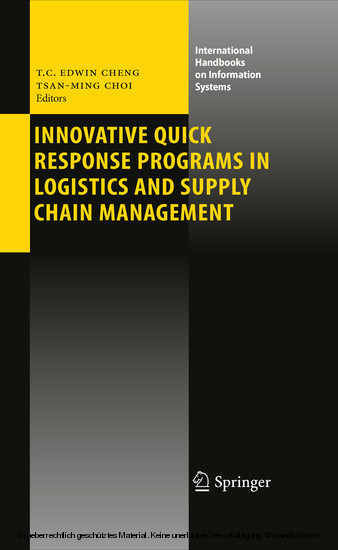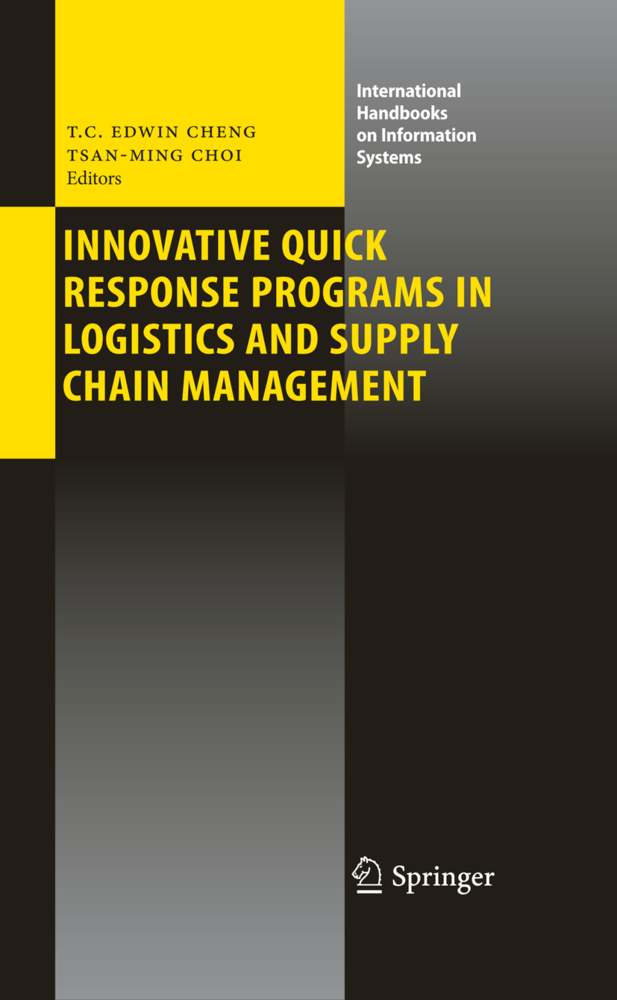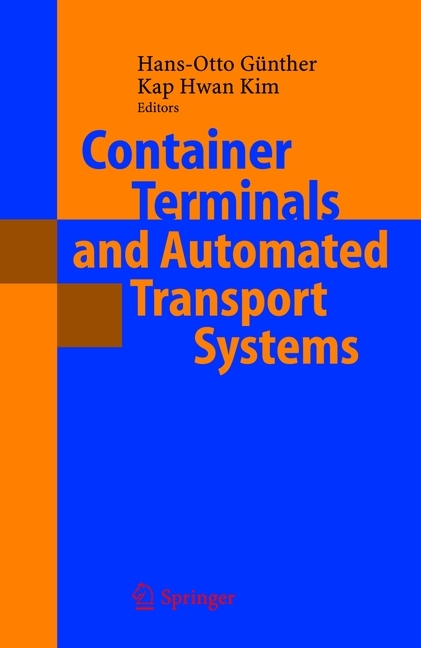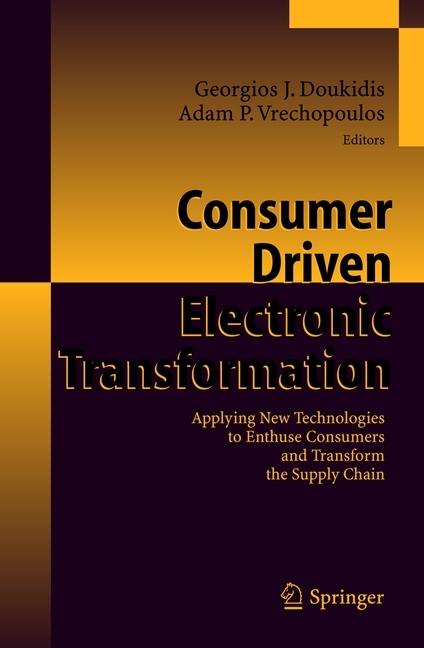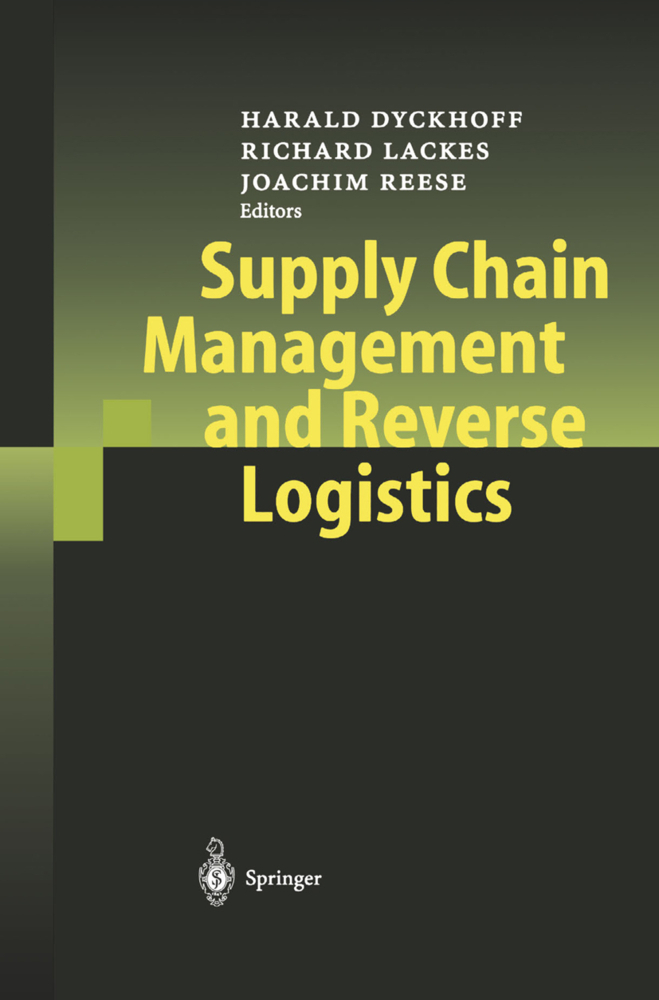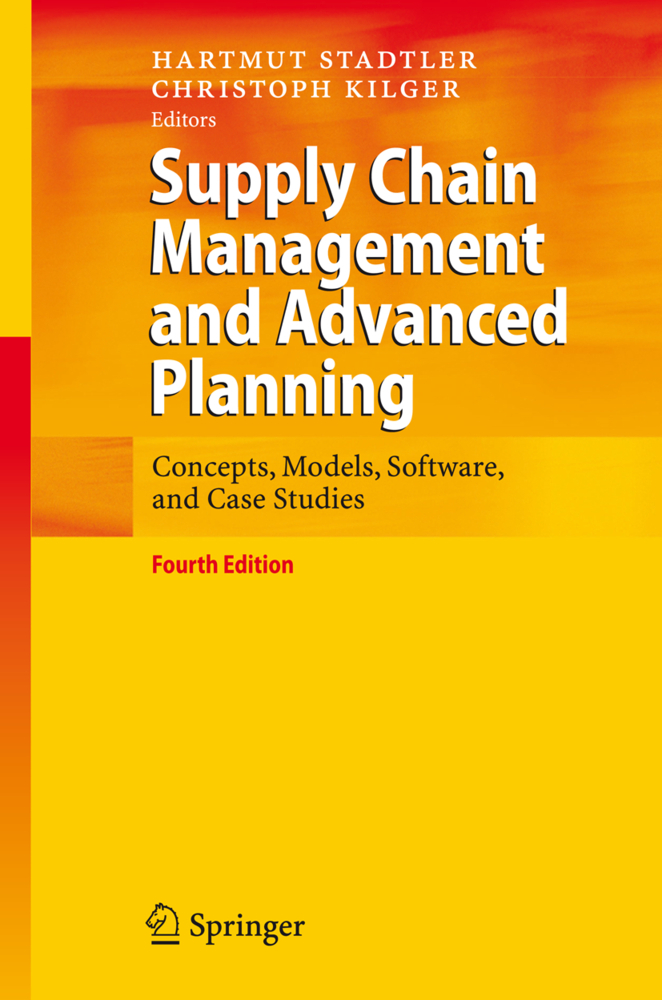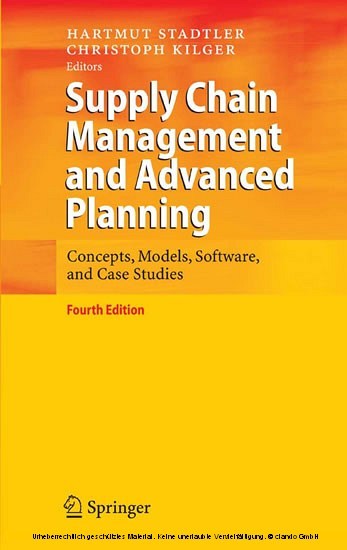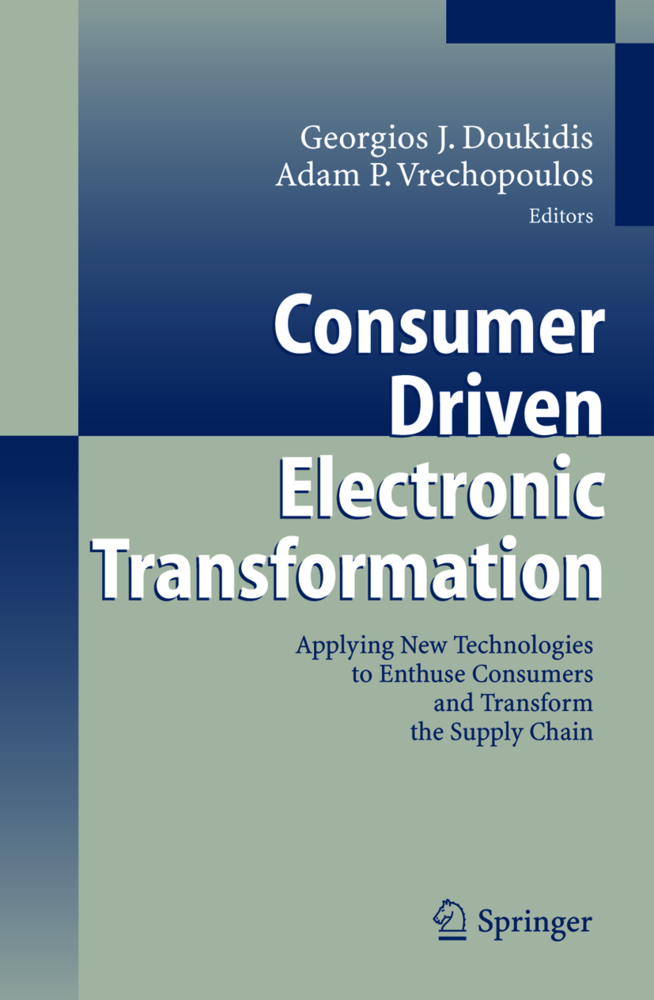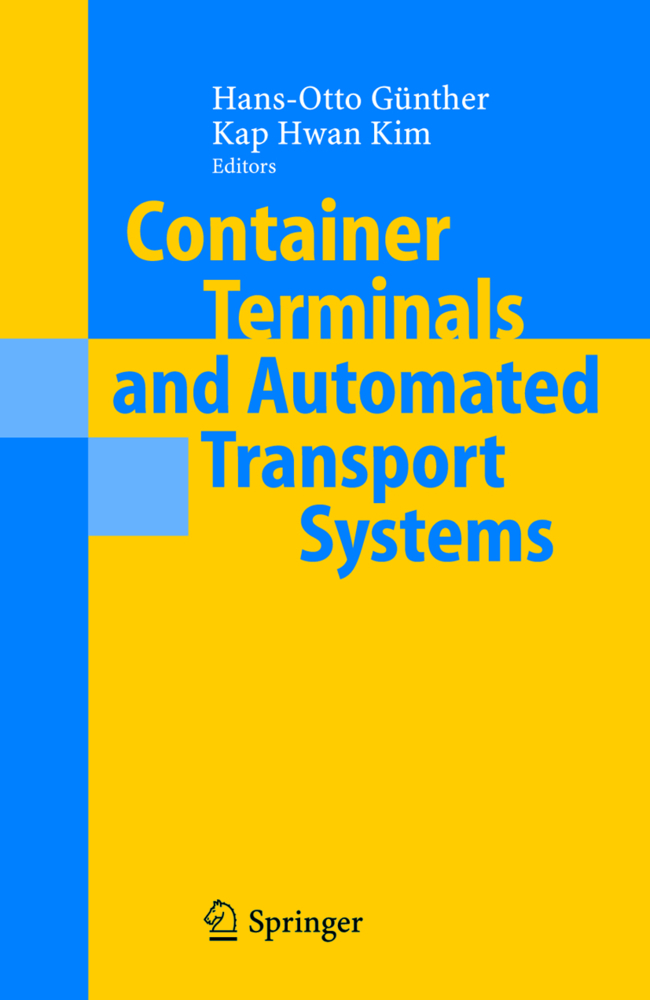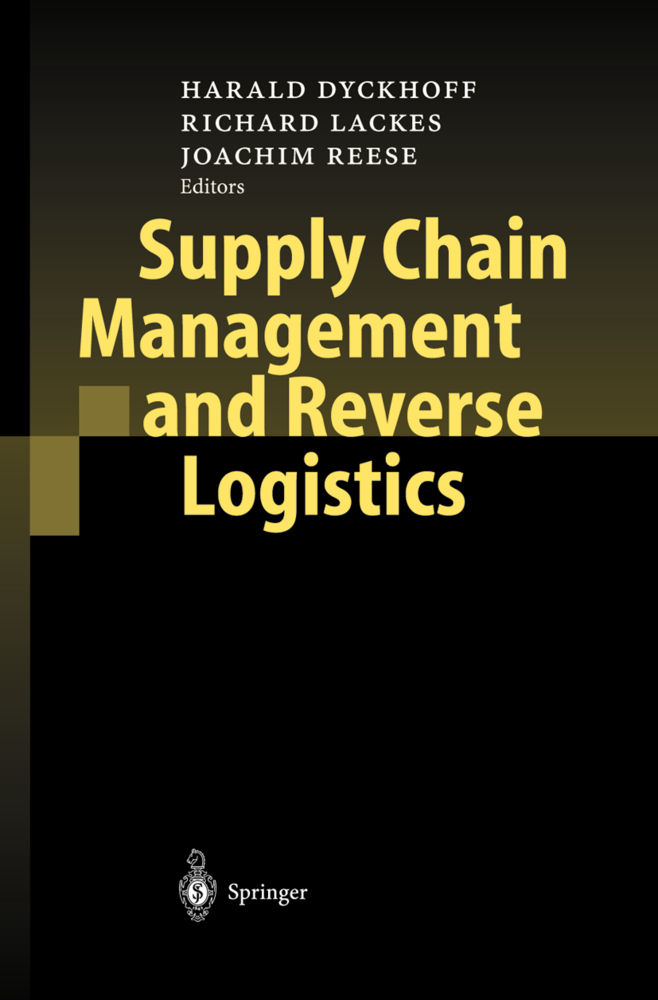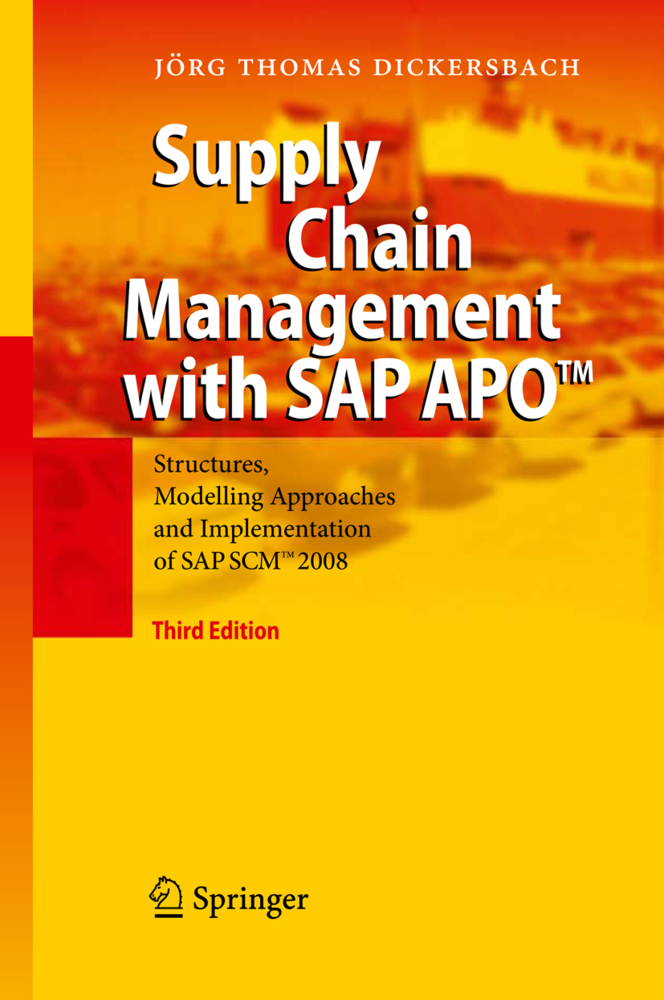Innovative Quick Response Programs in Logistics and Supply Chain Management
Quick Response (QR) policy is a market-driven business strategy in which supply chain members work together to react quickly to volatile market demand. Nowadays, with advances in information technologies (such as RFID and ERP systems), new challenges and opportunities arise for the application of QR. This handbook explores QR extensively with a view to discovering innovative QR measures that can help tackle the observed and emerging challenges. The book is organized into four parts, which include chapters on analytical modeling and analyses, information technologies, cases, reviews, and applications. This handbook provides new analytical and empirical results with valuable insights, which will not only help supply chain agents to better understand the latest applications of QR in business, but also help practitioners and researchers to know how to improve the effectiveness of QR using innovative methods.
1;Preface;6 2;Contents;8 3;Part I Introduction;16 3.1;The Evolution of Quick Response Programs;17 3.1.1;1 Introduction;17 3.1.2;2 The Development of QR in the Apparel Industry;19 3.1.3;3 Implementation of QR;20 3.1.3.1;3.1 Use of Technology in QR;21 3.1.3.2;3.2 Aligning Operations to Support QR;23 3.1.3.3;3.3 Supply Chain Incentives Induced by QR;24 3.1.4;4 Examples of QR in the Apparel Industry;26 3.1.4.1;4.1 QR at Sport Obermeyer;26 3.1.4.2;4.2 QR at Zara;26 3.1.4.3;4.3 QR at Hennes and Mauritz (H&M);27 3.1.4.4;4.4 QR at Benetton;28 3.1.4.5;4.5 QR at Adidas;28 3.1.4.6;4.6 QR at Hilton Hosiery;29 3.1.4.7;4.7 QR at Patrizia Pepe;30 3.1.4.8;4.8 QR at New Look;30 3.1.4.9;4.9 QR at World Company;31 3.1.5;5 Further Development of QR;31 3.1.5.1;5.1 QR Beyond the Apparel Industry;32 3.1.5.2;5.2 QR and Other Methods of Supply Chain Collaboration;33 3.1.6;References;35 3.2;Impact of Information Systems on Quick Response Programs;37 3.2.1;1 Introduction;37 3.2.2;2 Recent IT Developments and Their Impacts on QR;39 3.2.2.1;2.1 Electronic Data Interchange and Point of Sales;40 3.2.2.2;2.2 Radio Frequency Identification;41 3.2.2.3;2.3 Enterprise Resource Planning;42 3.2.2.4;2.4 Customer Relationship Management;44 3.2.2.5;2.5 Collaborative Planning, Forecasting, and Replenishment;45 3.2.3;3 How Should Companies Respond to Advances in IT?;45 3.2.4;4 The Existing Problems and Direction for Potential Future Research;46 3.2.5;5 Conclusions;47 3.2.6;References;48 3.3;Fast Fashion: Achieving Global Quick Response (GQR) in the Internationally Dispersed Clothing Industry;51 3.3.1;1 Introduction;51 3.3.2;2 Globalization in the Clothing Industry;52 3.3.2.1;2.1 Globalization and Mobility in the Clothing Industry;52 3.3.2.2;2.2 Buyer-Driven Supply Networks in Clothing;53 3.3.3;3 Global Quick Response;56 3.3.4;4 Achieving GQR;57 3.3.4.1;4.1 From Sample to Volume;57 3.3.4.2;4.2 Three Key Processes;59 3.3.4.2.1;4.2.1 The New Garment Design and Development Process;59 3.3.4.2.2;4.2.2 The Initial Volume Order;60 3.3.4.2.3;4.2.3 The Repeat and Replenishment Order Process;60 3.3.5;5 Enablers for GQR;61 3.3.5.1;5.1 Market Intelligence and Rapid New Product Introduction;63 3.3.5.2;5.2 Network Structure and Composition;64 3.3.5.3;5.3 Network Planning and Staged Postponement;65 3.3.5.4;5.4 Network Capability, Performance, and Health;67 3.3.6;6 Global Supply Chain Solutions: Examples from Practice;68 3.3.7;7 Conclusions;71 3.3.8;References;71 4;Part II Modelling and Analysis of QR Programmes;75 4.1;Procurement Flexibility under Price Uncertainty;76 4.1.1;1 Introduction;76 4.1.2;2 Literature Review;78 4.1.3;3 Model Development;79 4.1.3.1;3.1 Price Risk-sharing Agreement;80 4.1.3.2;3.2 Capacity Specification;81 4.1.4;4 A Single Adjustment Opportunity;82 4.1.4.1;4.1 The Optimal Policy;82 4.1.4.1.1;4.1.1 The Optimal Adjustment Strategy at Time 1;83 4.1.4.1.2;4.1.2 The Optimal Capacity Allocation Strategy at Time 0;84 4.1.4.2;4.2 Comparisons;86 4.1.4.2.1;4.2.1 Capacity Allocations;86 4.1.4.2.2;4.2.2 Service Performance and Adjustment Opportunities;89 4.1.5;5 Multiple Adjustments;91 4.1.5.1;5.1 Policy Structure;91 4.1.5.1.1;5.1.1 Dedicated Capacity Agreement;91 4.1.5.1.2;5.1.2 Overall Capacity Agreement;92 4.1.5.2;5.2 Discussions on Price Parameters;97 4.1.5.3;5.3 Overall Service Performance;99 4.1.6;6 Concluding Remarks;102 4.1.7;References;102 4.2;The Value of Information in Quick Response Supply Chains: An Assortment Planning View;104 4.2.1;1 Introduction;105 4.2.2;2 Decision Support Framework to Value Potential QR Strategies;109 4.2.3;3 Estimation and Optimisation Tools for Measuring the Value of Information;113 4.2.3.1;3.1 Uncertainty and Information;113 4.2.3.1.1;3.1.1 Case analysis to illustrate the above discussed complex uncertainty patterns;116 4.2.3.2;3.2 Demand;117 4.2.3.2.1;3.2.1 Demand Driver Parameters;118 4.2.3.2.2;3.2.2 Demand Distributions;121 4.2.3.3;3.3 Optimisation Models to Evaluate the Value of Information in Terms of Expected Assortment Profit and
Cheng, T. C. Edwin
Choi, Tsan-Ming
| ISBN | 9783642043130 |
|---|---|
| Artikelnummer | 9783642043130 |
| Medientyp | E-Book - PDF |
| Auflage | 2. Aufl. |
| Copyrightjahr | 2010 |
| Verlag | Springer-Verlag |
| Umfang | 468 Seiten |
| Sprache | Englisch |
| Kopierschutz | Digitales Wasserzeichen |

